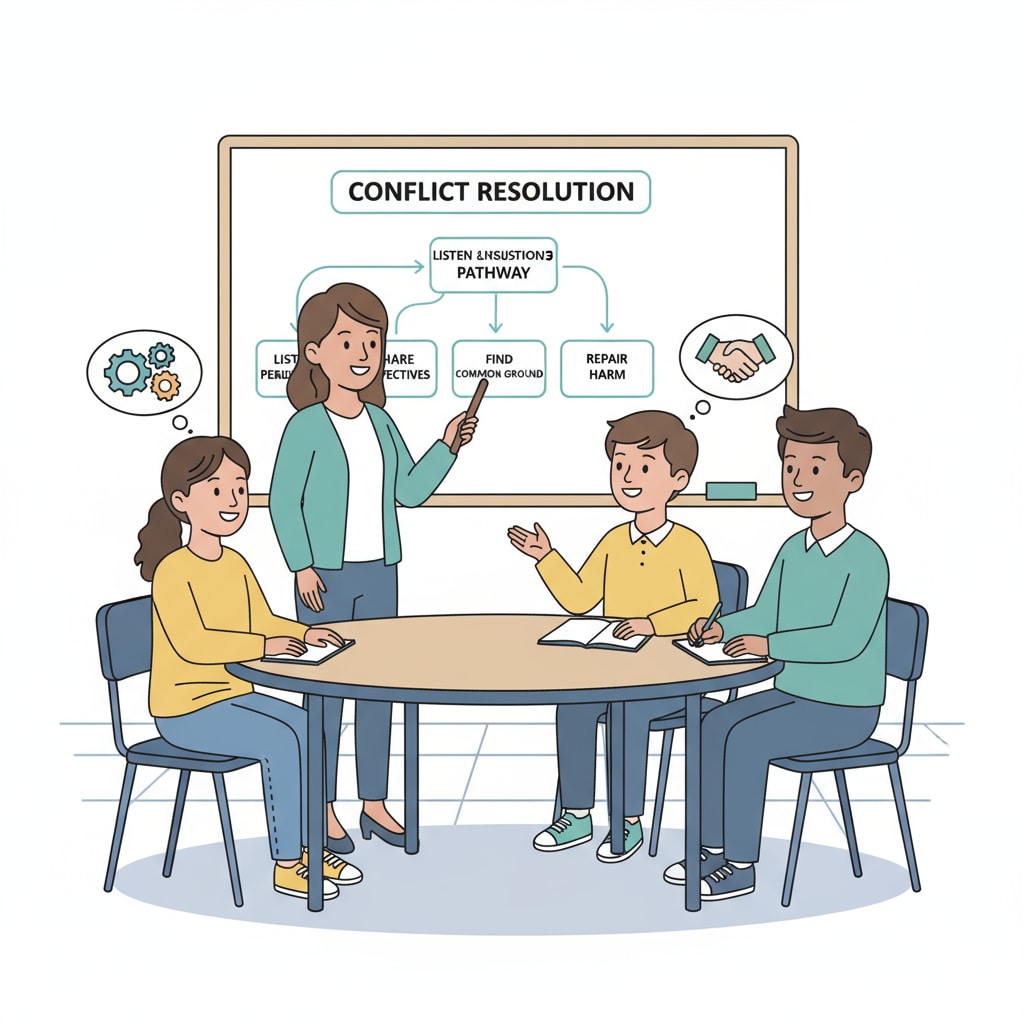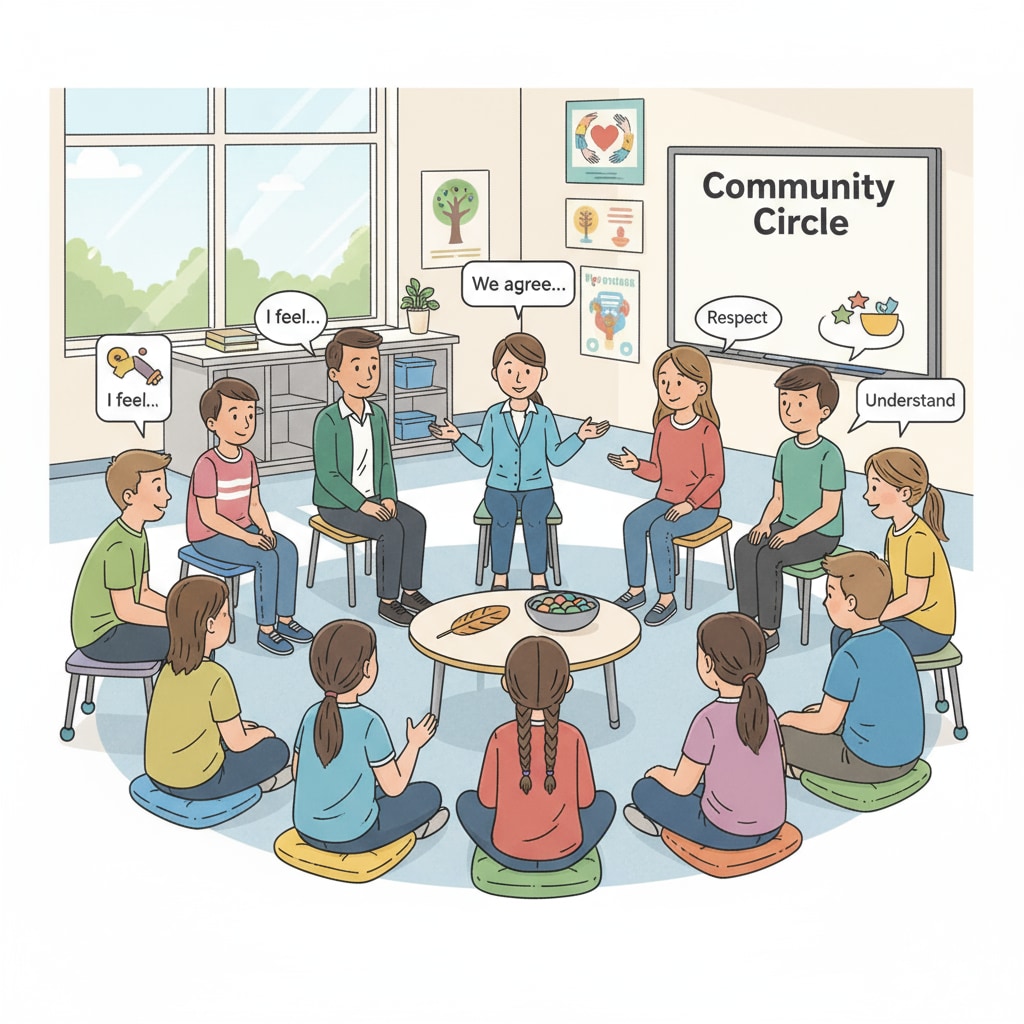In the modern educational landscape, the issues of restorative discipline, parental expectations, and school policies often intersect in complex ways. School administrators find themselves at the crossroads, trying to navigate between the demands of parents for strict punishment and the principles of restorative discipline embraced by the school. This balancing act is crucial for creating a harmonious and effective learning environment.

The Clash of Philosophies
Parental expectations regarding discipline can vary widely. Some parents believe that strict punishments, such as suspensions or expulsions, are the most effective way to correct a child’s misbehavior. However, restorative discipline, which focuses on repairing harm, building relationships, and promoting personal growth, offers a different approach. This clash of philosophies creates a significant challenge for school administrators. For example, when a student misbehaves, parents might demand immediate and severe punishment, while the school aims to use restorative practices to address the root cause of the issue. Restorative justice on Wikipedia provides a broader context for understanding the principles underlying restorative discipline.
Understanding Restorative Discipline
Restorative discipline is based on the idea that when a wrong is committed, it’s important to focus on the harm caused and involve all parties affected. This includes the victim, the offender, and the community. Through dialogue and problem-solving, restorative discipline aims to repair relationships and prevent future misbehavior. It involves practices like circle meetings, where students can share their feelings and perspectives. As a result, students learn important skills such as empathy and communication. Restorative justice on Britannica offers in-depth knowledge about its concepts and applications.

Administrators need to be well-versed in these principles to effectively implement restorative discipline in the face of parental demands. By understanding the long-term benefits of restorative discipline, such as improved student behavior and a more inclusive school community, administrators can better communicate its value to parents.
Readability guidance: As seen above, short paragraphs help break down complex ideas. The use of examples and external links enriches the content. Moving forward, we’ll explore strategies for administrators to balance these competing demands.


